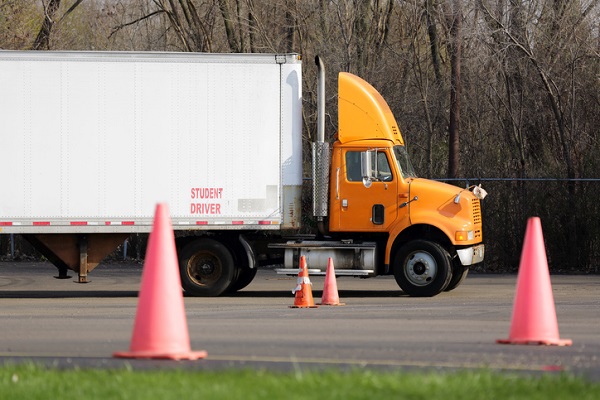
New truck driving regulations are coming to Canada. Due to an increased public and governmental focus on improving road safety, Alberta and Saskatchewan have joined Ontario in requiring mandatory training for new drivers, beginning in March of 2019.
The introduction of this new training is expected to spread across the country, with the announcement of the development of standard training for all aspiring semi-truck drivers in Canada. These new regulations promise to bring a great amount of change to the transportation industry in Canada. If you want to find out more about what these regulations entail, who they affect, and what they mean for your future career in transportation, read on.
These Regulations Are a New Concept for Students in Dispatch School
These new trucking regulations are making headlines because of one very good reason: Canada has never implemented mandatory truck driver training on a federal level prior to the recent announcement.
Before this year, Ontario was the only province that had required mandatory training for new truck drivers. Recently, as mentioned before, Alberta and Saskatchewan also began to require that new semi-truck drivers receive mandatory training before they begin their career on the road.
The Private Motor Truck Council of Canada (PMTC) and the Canadian Trucking Alliance (CTA) have welcomed the announcement of the development of federal-level regulations, which means that students in dispatch school can expect to see changes going into effect once the new regulations are introduced in 2020.
Federal Truck Driver Training Will Be Based on Prior Provincial Regulations
The federal-level regulations have only recently been announced, which means that they are still in the process of being designed and drafted. They are aiming to base federal regulations on the existing standards that were introduced by previous jurisdictions, which means that they will most likely look very similar to the training already underway in Ontario, Alberta, and Saskatchewan.
In Alberta, new semi-truck and bus drivers must go through extensive technical and practical training in the classroom and on the road, including undergoing a new road test, which replaces the prior privatized road test system. Drivers must complete more than 100 hours of training in-class, on the lot, and behind the wheel. Meanwhile in Ontario, drivers must complete at least 103.5 hours of instruction in the mandatory entry-level truck driver training (MELT) program.

Currently, since the actual regulations are still in development, it’s hard to predict exactly what the federal truck driver training will entail, but there are certain things you can expect to see after completing your dispatch training.
For one, attention on the federal level means that truck drivers in the future will have to complete a minimum amount of standard training before being allowed behind the wheel. However, this should help improve safety, which graduates of dispatcher training know will be incredibly beneficial.
Do you want to take the next steps towards a rewarding career in dispatch and transportation?
Contact Automotive Training Centres for more information about our automotive school.

